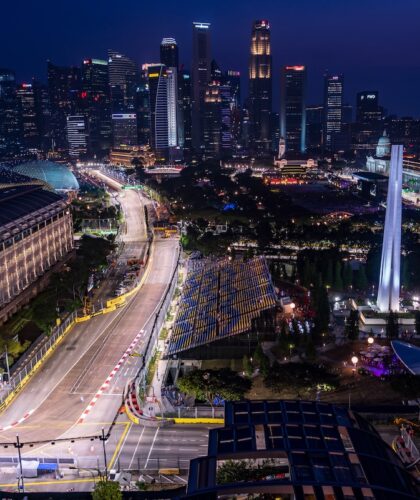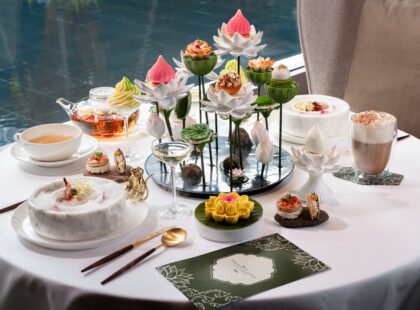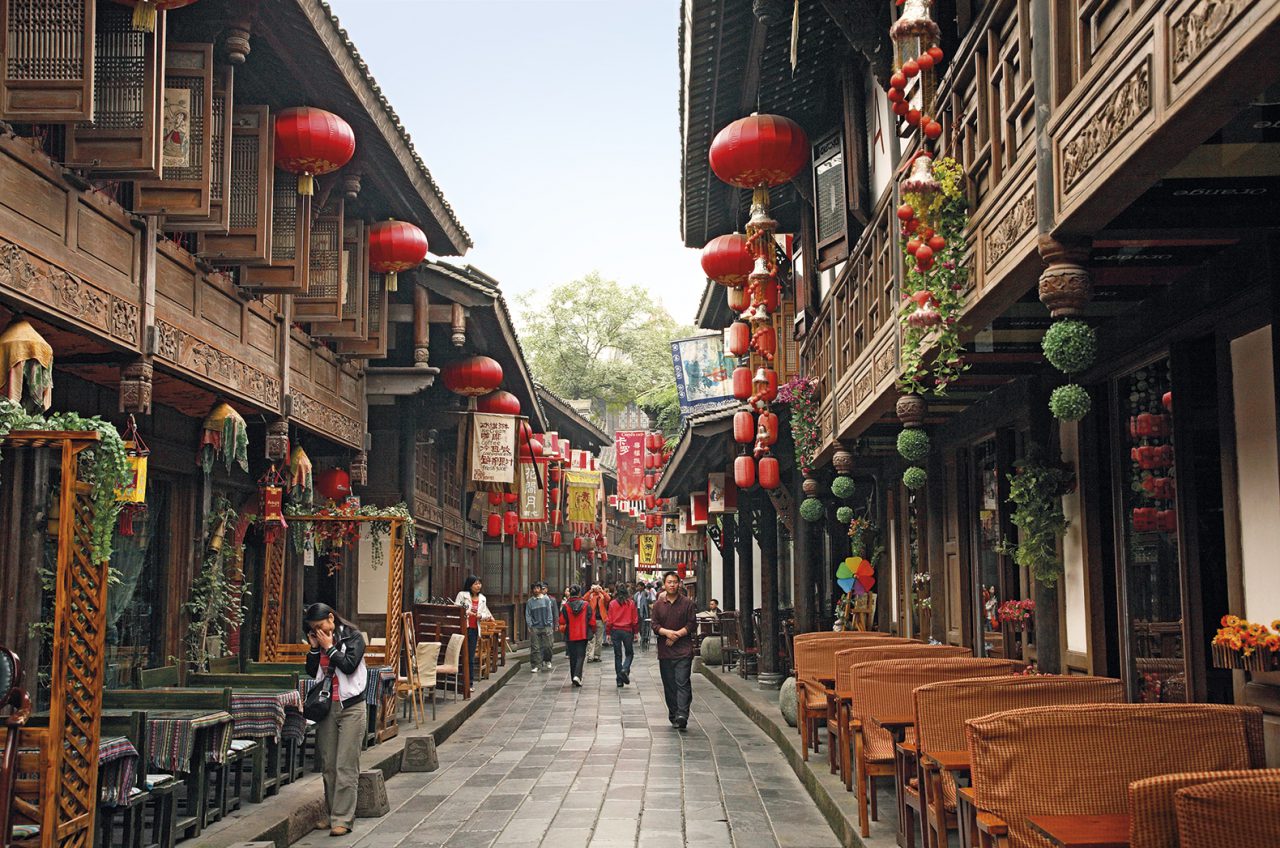
“Chengdu is the best place to sample the electrifying range of Sichuan delicacies,” award-winning British food writer Fuchsia Dunlop tells me. “Everyone who visits the provincial capital seems to fall in love with its exquisitely delicious food – as did I in 1993, with life-changing consequences!”
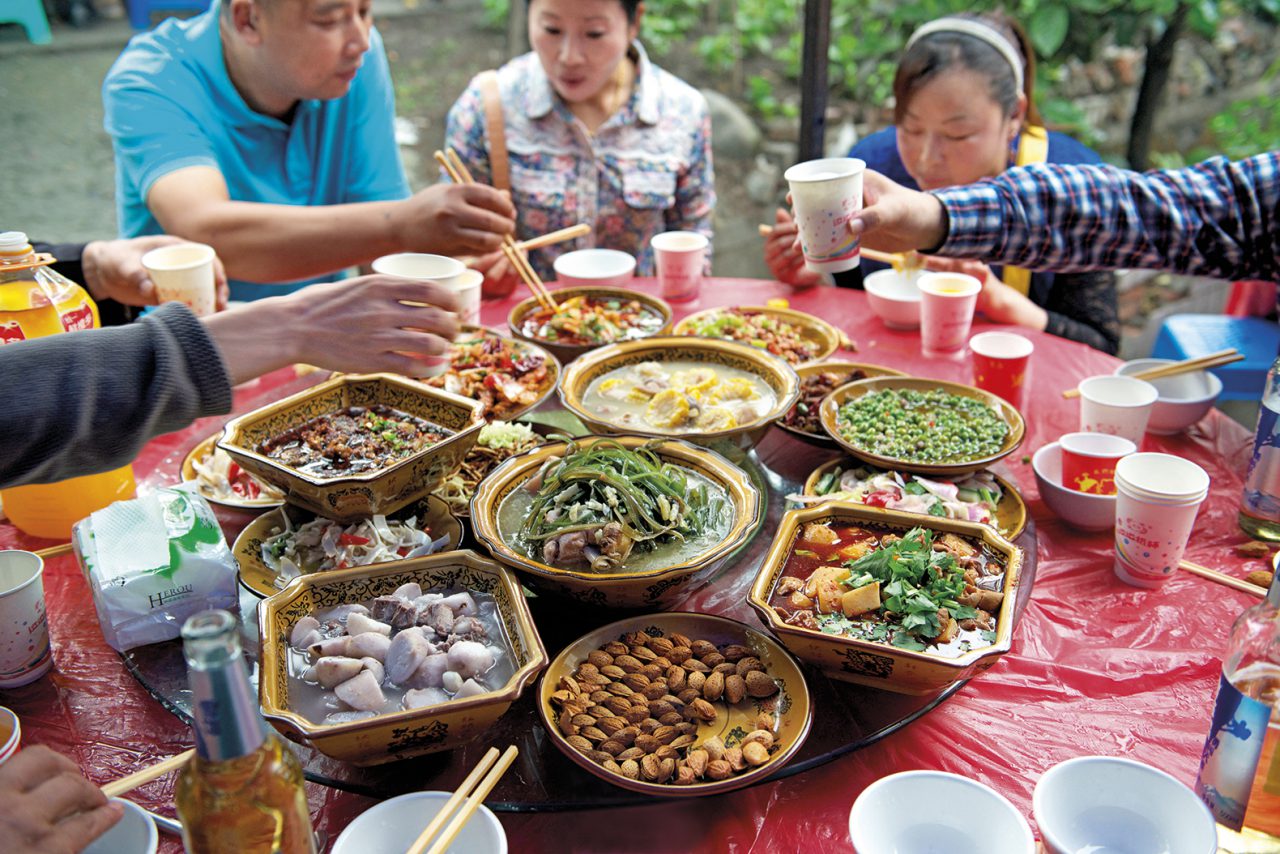
In contemporary times, Dunlop, who released her seminal eating memoir Shark’s Fin And Sichuan Pepper in 2008, is the most passionate advocate of Sichuan cuisine outside of China. Echoing the same sentiments, UNESCO named Chengdu a Creative City of Gastronomy in 2010, citing not just the city’s food but also the extent to which its citizens participate in its culinary culture as the reasons behind this move. Incidentally, this is the first city in Asia to receive the honour.
In another first for Asia, Chengdu was recently recognised as a City of Slow Food at the 2017 Slow Food International Congress, which was held in the city. Among other things, this new partnership between Slow Food International and Chengdu will help preserve the culinary heritage of Sichuan province for generations to come.
By now, you’re probably wondering what it is about Sichuan cuisine that has caused such a stir. The root (or rather fruit) of it is surprisingly simple: the Sichuan peppercorn, a staple of both famous dishes, such as gong bao ji ding (aka kung pao chicken), and better-kept secrets such as hui guo rou (twice-cooked pork belly).
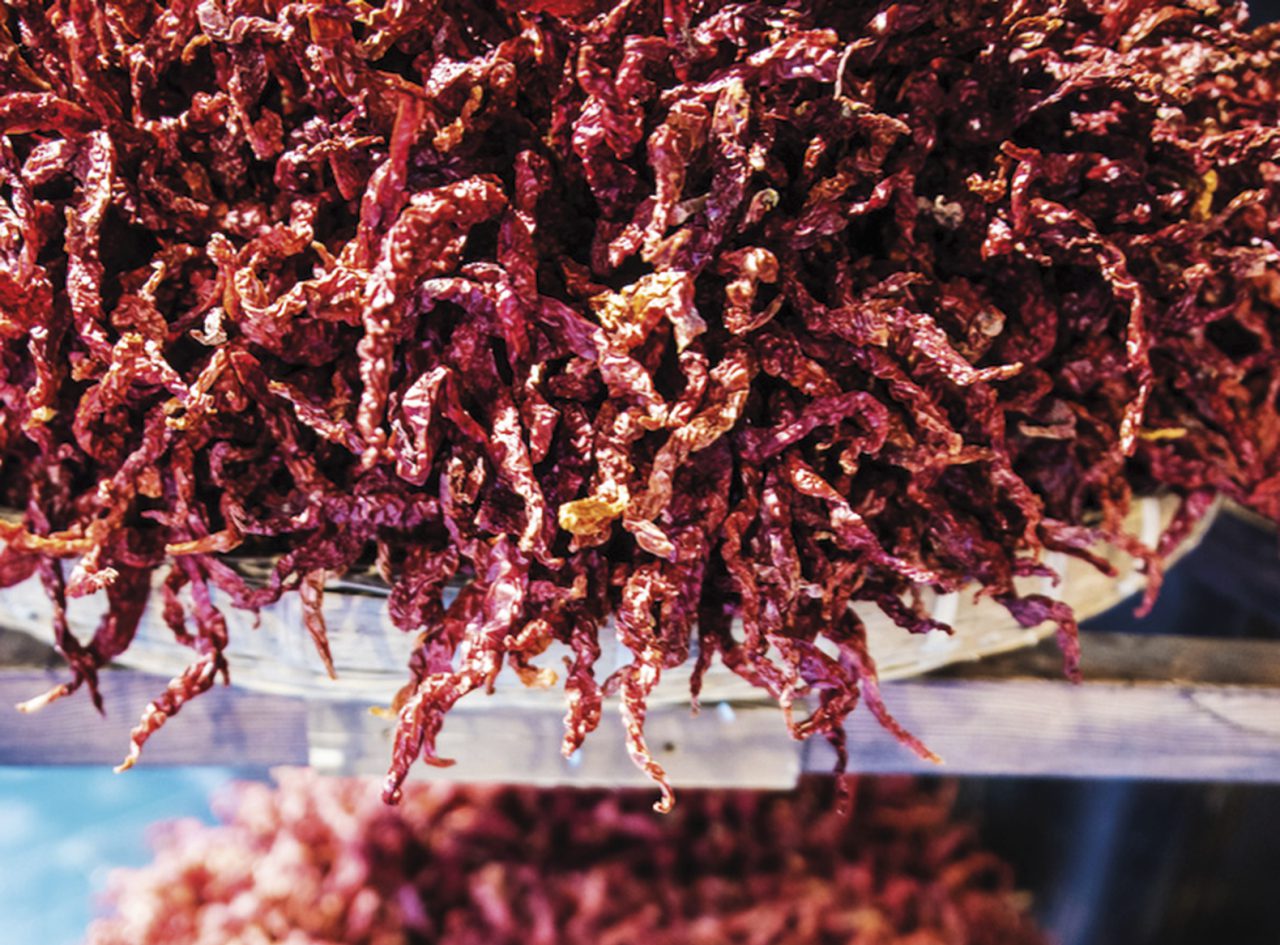
The pepper (above) seemingly numbs the mouth, but actually activates the taste buds rather than dulls them. “The heat is never meant to overwhelm the flavours of the other ingredients,” says Hui Jiao of the Chengdu Municipal Bureau of Commerce, which coordinated with UNESCO when it honoured the city. “Instead, it heightens sensation and opens up the palate to a rich variety of tastes.”
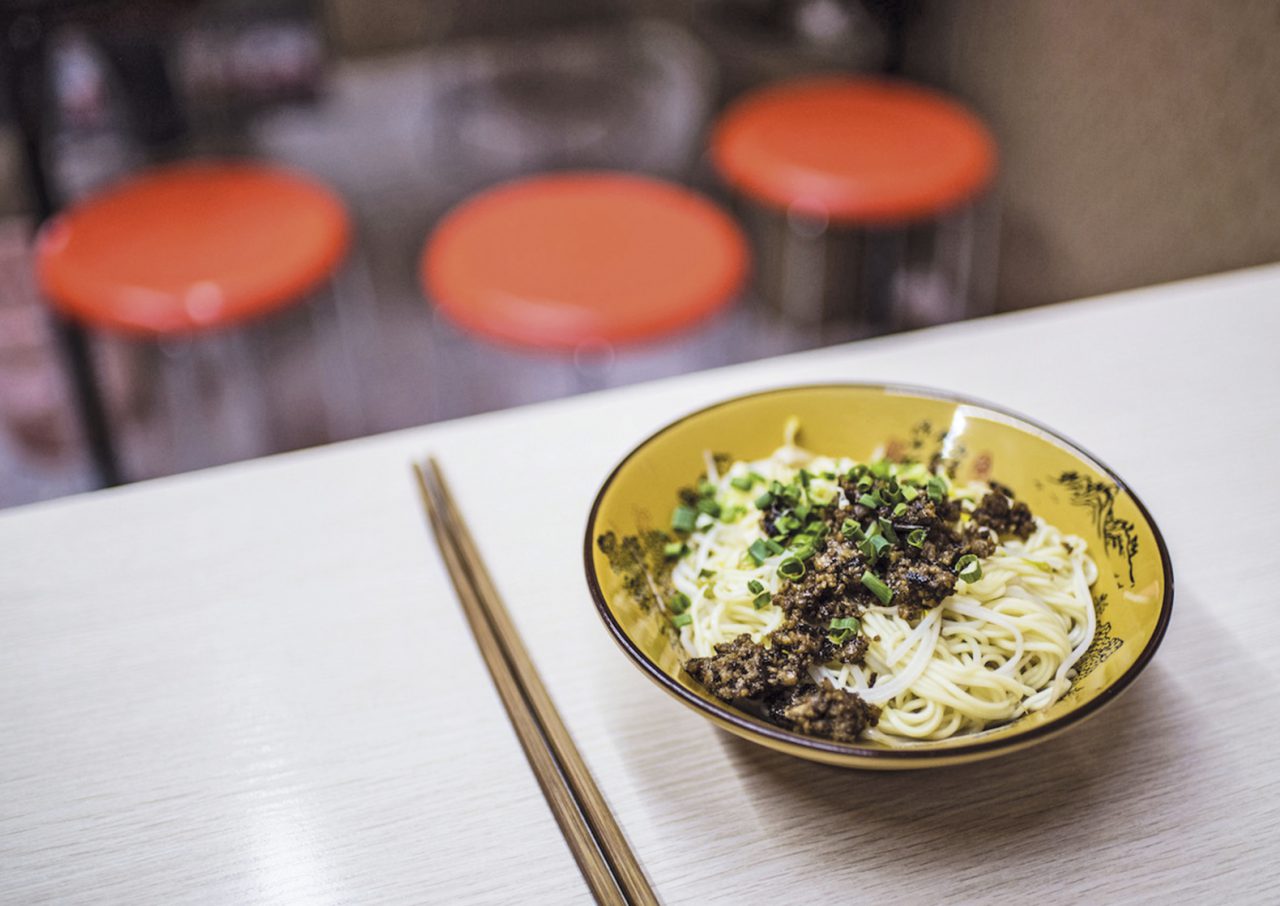
Take, for instance, the dan dan mian (noodles in spicy sauce with minced pork; above) – a personal favourite of mine. Here, the pepper imbues a savoury, almost meaty quality into the ground peanuts that would otherwise be too sweet for such a dish. On the other hand, if sprinkled over mapo tofu, the pepper counteracts the bland taste and unusual texture some associate with tofu.
There are two ways to go about searching out Sichuan’s culinary treasures in Chengdu. The first is to hit the streets – be it heading to well-trodden food avenues such as the ancient Jin Li Lu (main photo) and the bustling Wen Shu Fang Mei Shi Jie (a food street), or waking up at the crack of dawn to discover the fresh offerings at Yulin Produce Market.

The second is to head to restaurants. Options range from the relatively simple Lao Ma Tou hotpot restaurant (27 Yu Lin Zhong Lu) to the elaborate Yu’s Family Kitchen (43 Zhai Xiang Zi, Xia Tong Ren Lu) – which serves a modern Sichuan menu of more than 30 courses that you need to reserve days in advance – and the luxurious Yu Zhi Lan (24 Chang Fa St, Qingyang district, above) helmed by legendary local chef Lan Guijun.
SEE ALSO: Essential guide to Chongqing, China
Chengdu is also rather remarkable in that it’s a huge city that somehow manages to be laid-back. This will strike you profoundly as you stroll down ginkgo-lined boulevards, no doubt in search of a bowl of dan dan mian.
Indeed, while Chengdu is nothing if not original, its contradictions – the seemingly historical Anshun Bridge is actually a 2003 recreation of the original that Marco Polo described in his writings – make it feel like a pastiche of the divergent tropes people associate with China, all combined into one canvas.
SEE ALSO: The Great Wall of China: when, how and which sections to visit
And then there are the locals, from the dancing grannies and mahjong-playing grandpas who blend into the background as you stroll through People’s Park, to the younger folks who may very well engage you in conversation – in English – about why you’ve come to visit their city. And, of course, what you ate in this proverbial Shangri-La of taste.
– TEXT BY ROBERT SCHRADER
PHOTOS: ROBERT SCHRADER (SICHUAN PEPPERS, DAN DAN MIAN), ALAMY (CLICK PHOTOS; MAIN PHOTO, WEDDING FEAST), SPH (YU ZHI LAN RESTAURANT)
This article was originally published by Singapore Press Holdings.

